Mongmyeoksanbang (목멱산방)
1.2Km 2021-03-24
71, Toegye-ro, 20-gil, Jung-gu, Seoul
+82-2-318-4790
It is a house where you can eat various kinds of bibimbap. This restaurant's signature menu is bibimbap. This Korean dishes restaurant is located in Jung-gu, Seoul.
Hotel President (프레지던트 호텔)
1.2Km 2021-06-17
16, Eulji-ro 12-gil, Jung-gu, Seoul
+82-2-753-3131
Hotel President is located in the center of downtown Seoul, in front of Seoul Plaza. Nearby attractions include royal palaces, the financial area, a business area, and shopping street, perfect for convenience and completing successful business. Hotel services include a business center and tour desk for the perfect mix of business and pleasure. The hotel offers a 24-hour reception desk, as well as dry cleaning and room service. The 303 guestrooms come in a range of sizes from single to suites, with a choice of view between Seoul City Hall or Namsan Mountain.
Puerta Gwanghwamun (광화문)
1.2Km 2022-12-13
Sajik-ro 161, Jongno-gu, Seúl.
La puerta Gwanghwamun es la entrada principal del palacio Gyeongbokgung, levantada en 1395 por Taejo, el primer rey de la dinastía Joseon. Es la puerta sur de las cuatro puertas de la antigua ciudad de Hanyang (Seúl), levantadas sobre los cuatro puntos cardinales.
Su nombre significa “la luz de la civilización iluminará el mundo”, y contiene los altos propósitos que la dinastía Joseon tuvo al ser establecida. Gwanghwamun había sido construida de granito. En el centro se halla una entrada que se asemeja al arco iris, denominado Hongyemun, y arriba está la torre del portal.
Gwanghwamun guarda un recuerdo amargo de la historia de Corea. Durante la ocupación de Corea por los japoneses (1910-1945), el gobierno colonial nipón destruyó la puerta con el objetivo de suprimir la nación coreana, y en su emplazamiento levantó el Edificio de la Gobernación de Corea. Hacia el año 1968, el gobierno coreano construyó de nuevo la puerta Gwanghwamun, pero usando concreto. Sin embargo, en el año 2010 se completaron los trabajos de restauración total en madera, que es la que se ve actualmente.
Tour bajo las Estrellas del Palacio Gyeongbokgung (경복궁 별빛야행)
1.2Km 2024-08-19
Sajik-ro 161, Jongno-gu, Seúl
1522-2295
Cafe Orange (까페오렌지)
1.2Km 2021-03-19
96, Supyo-ro, Jongno-gu, Seoul
+82-2-2279-1220
A restaurant located near Tapgol Park. The best menu at this restaurant is coffee. This is a cafe located in Jongno, Seoul.
Suncheonga (순천가)
1.2Km 2021-03-22
109-2, Supyo-ro, Jongno-gu, Seoul
+82-2-765-0398
A beloved restaurant in Jongno where you can enjoy both Korean BBQ and stew menus. This Korean dishes restaurant is located in Jongno-gu, Seoul. The most famous menu is grilled pork belly.
Yujin Sikdang (유진식당)
1.2Km 2021-03-29
40, Jong-ro 17-gil, Jongno-gu, Seoul
+82-2-764-2835
It is a restaurant in Jongno where people wait in line to enjoy its dishes. This restaurant's signature menu is Pyeongyang cold buckwheat noodles. This Korean dishes restaurant is located in Jongno-gu, Seoul.
Gaeseong Mandu Koong (개성만두 궁)
1.2Km 2021-03-24
11-3, Insadong 10-gil, Jongno-gu, Seoul
+82-2-733-9240
Gaeseong Mandu Koong has served Gaeseong-style mandu (dumplings) for more than 30 years. The elderly proprietor, who fled south during the Korean War runs this restaurant with the help of her granddaughters. Characterized by its delicate taste, Gaeseong mandu stuffing consists of pork and various vegetables such as Chinese cabbage and pumpkin. This restaurant's mandu is so popular that it sometimes gets sold out even before evening. Typical menu includes mandu-jeongol (hot pot) and mandu-guk (soup). The hot pot is made of various ingredients including mandu, rice cakes, mushrooms, and meat, and serves two to three persons. For several persons, it's recommended to eat bossam (boiled meat slices wrapped in lettuce leaves or kimchi) and Korean-style pancakes.
Sadongmyeonok (사동면옥)
1.2Km 2021-12-17
9, Insadong, 8-gil, Jongno-gu, Seoul
+82-2-735-7393
A store with over 35 years’ experience that sells Hwanghaedo-style dumplings. The best menu at this restaurant is dumpling hot pot. This Korean dishes restaurant is located in Jongno-gu, Seoul.
Sanchon (산촌)
1.2Km 2019-06-13
30-13, Insadong-gil, Jongno-gu, Seoul
+82-2-735-0312
Founded and opened by Monk Jeongsan,
Sanchon is a
vegan-friendly restaurant that mainly serves temple foods. The
dishes found here are a results of Kim Yun-sik, who was inspired
by the simple, clean and healthy diet that a Buddhist practitioner taught
him years ago. Now, being a top authority on vegetarian
food in Korea, Kim Yun-sik helped perfect the standard and quality of
temple food.
The dishes are made with all natural ingredients such as vegetables and mountain herbs, and are cooked without chemical additives. The actual dishes served vary by season, and in order to meet the tastes of the general public, the
restaurant includes "five spices" (garlic, shallots, mountain leeks, etc.), which monks are typically not allowed to eat. Those who would like their food without these ingredients are asked to make their request at least one day prior to visiting.
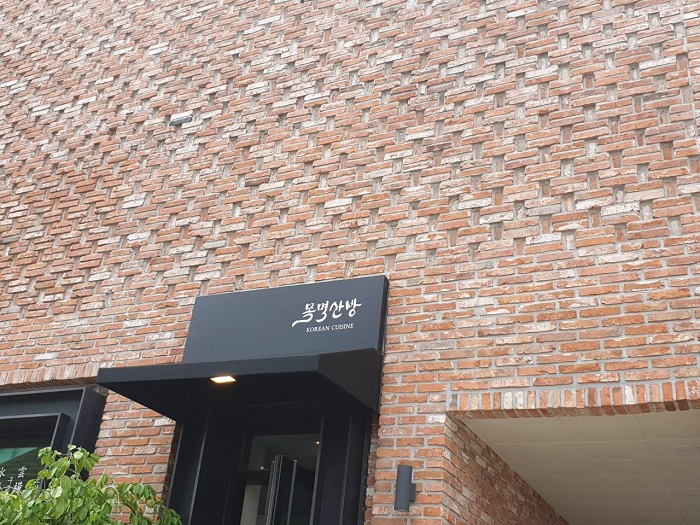
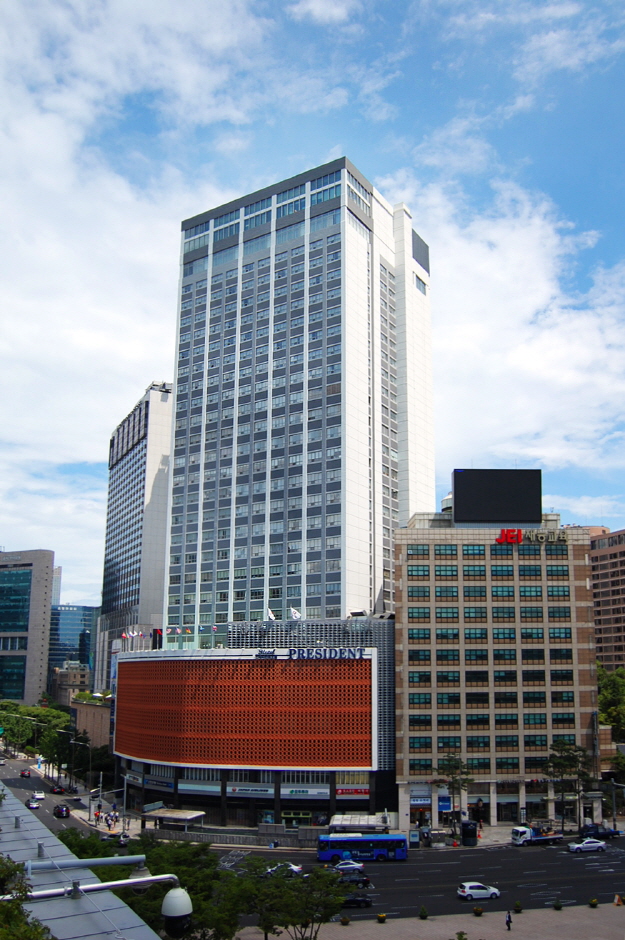

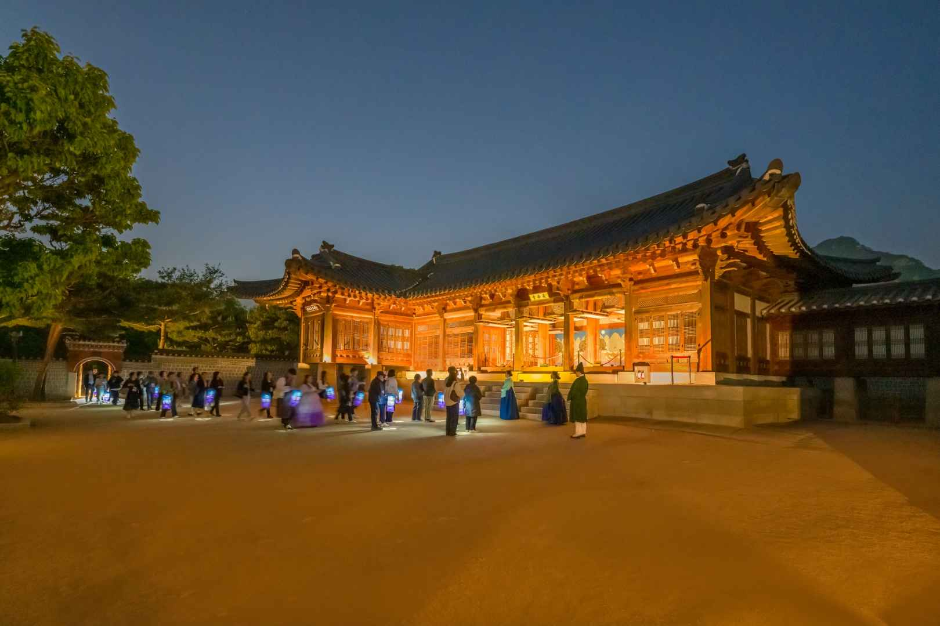
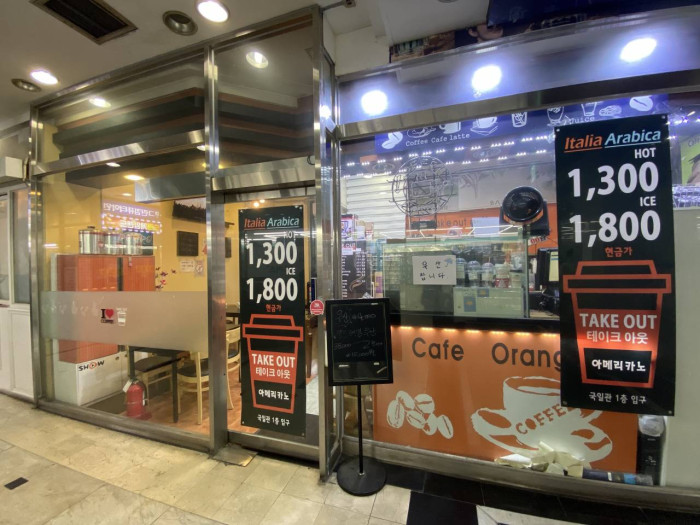
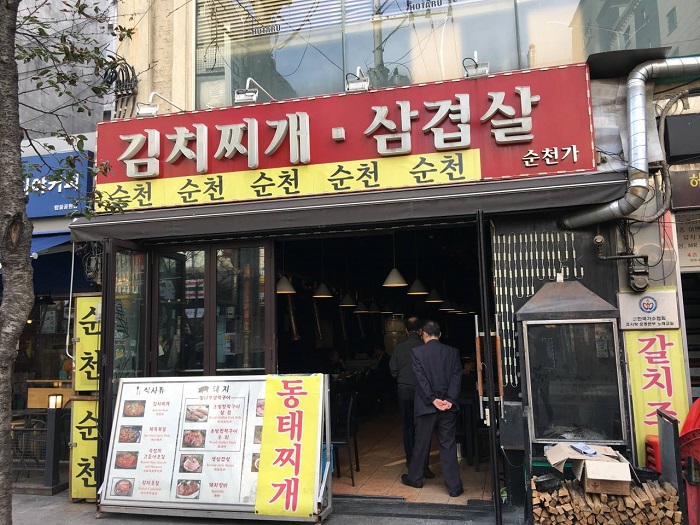
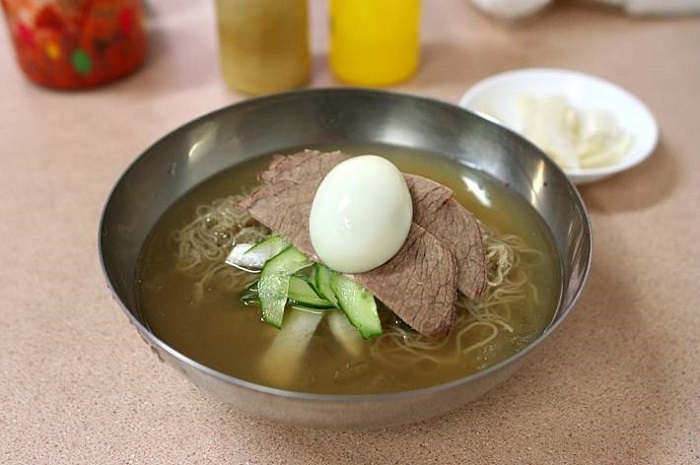
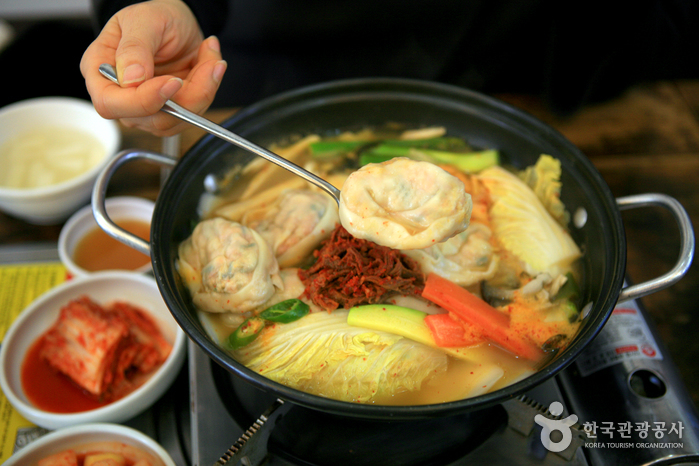
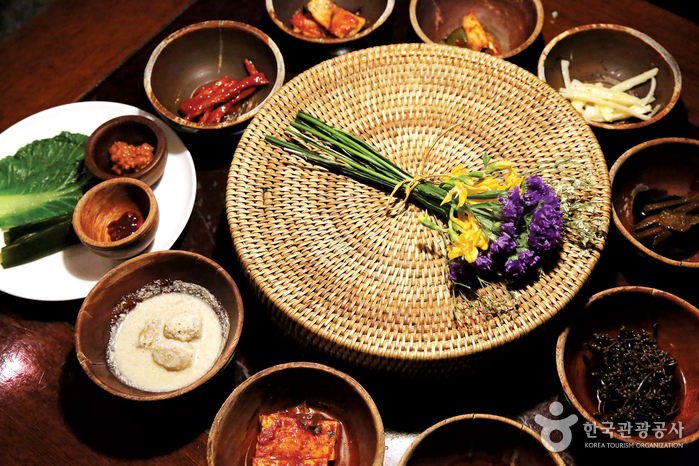
 Español
Español
 한국어
한국어 English
English 日本語
日本語 中文(简体)
中文(简体) Deutsch
Deutsch Français
Français Русский
Русский